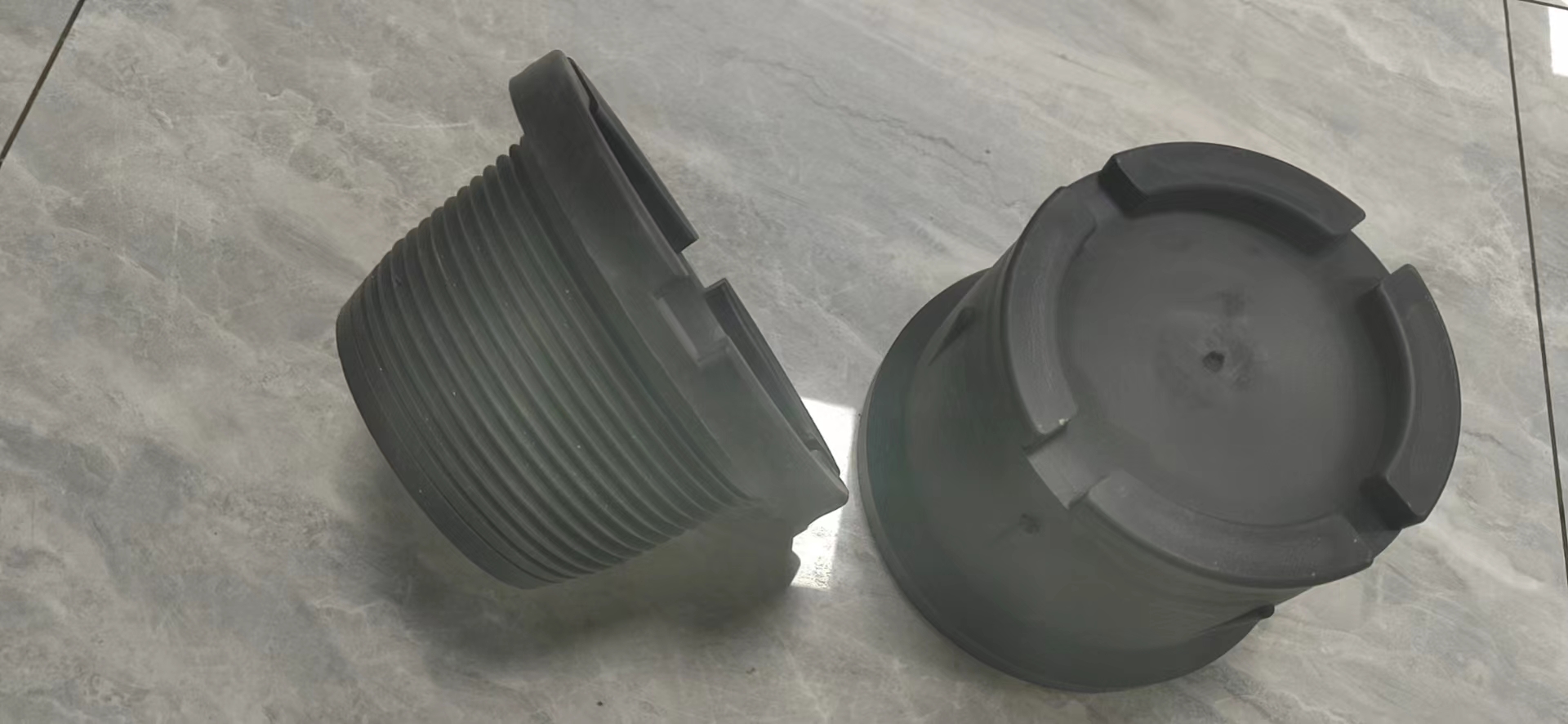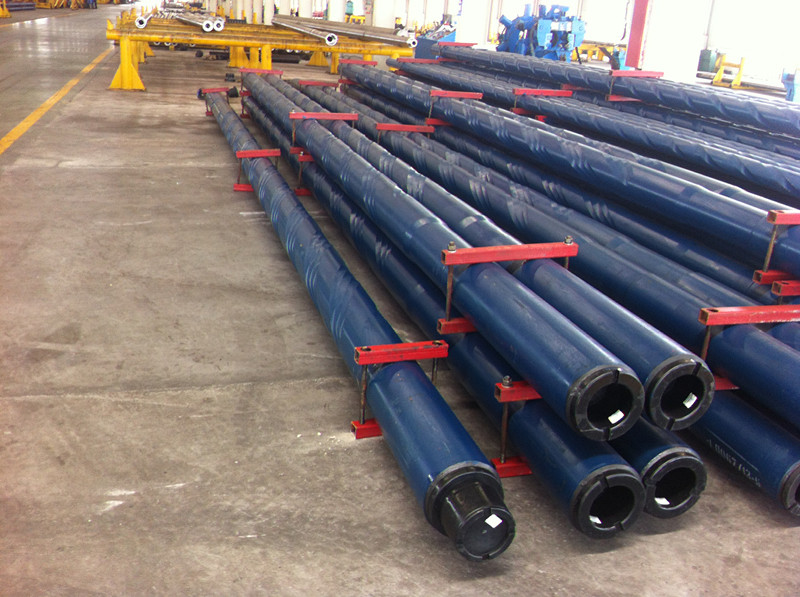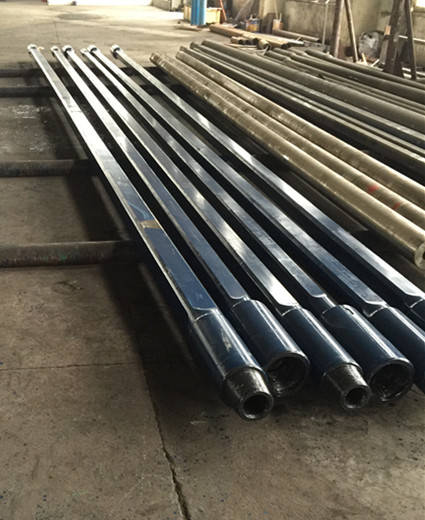What is a Drill String?
A drill string is a crucial component in the process of drilling oil and gas wells. It is a column of interconnected tools and pipes that transmit drilling fluid (commonly known as drilling mud) and rotational force from the drilling rig to the drill bit at the bottom of the well.
The drill string typically consists of several components, which include:
Drill Bit: This is the cutting tool attached to the bottom of the drill string. It is responsible for creating the hole in the rock formation by rotating and applying downward force.
Drill Collars: These are heavy, thick-walled steel tubes placed above the drill bit. Drill collars provide weight to the drill bit, aiding in the drilling process and preventing the drill string from buckling.
Drill Pipes: These are hollow steel pipes connected to the drill collars. They transmit drilling fluid from the surface to the drill bit and transfer rotational torque from the rig to the bit. Drill pipes are typically joined together using threaded connections.
Stabilizers: These are devices attached to the drill string to control its trajectory and prevent deviation. Stabilizers help maintain a straight path while drilling through various rock formations.
Subs and Joints: These are additional components used to connect different sections of the drill string, such as the drill collars and drill pipes. Subs and joints provide flexibility in the length and configuration of the drill string.
How Does Drill String Work?
During the drilling process, the drill string is rotated from the surface using the drilling rig's rotary table or top drive system. This rotation, combined with the weight applied to the drill bit, allows the bit to penetrate the rock formations. The drilling fluid, pumped from the surface through the hollow center of the drill string, serves multiple purposes:
Cooling and Lubrication: The drilling fluid cools the drill bit, reducing heat generated by the drilling process. It also lubricates the bit and the drill string, reducing friction and wear.
Cuttings Removal: As the drill bit cuts through the rock, the drilling fluid carries the rock cuttings up to the surface through the annular space between the drill string and the wellbore walls.
Formation Stability: The drilling fluid exerts hydraulic pressure against the wellbore walls, preventing the collapse of the formation and maintaining stability.
In summary, the drill string is a vital component of the drilling process, transmitting rotational force and drilling fluid to the drill bit. It allows for the creation of boreholes by cutting through rock formations, while the drilling fluid assists in cooling the bit, removing cuttings, and maintaining stability in the wellbore.






 8613371530291
8613371530291